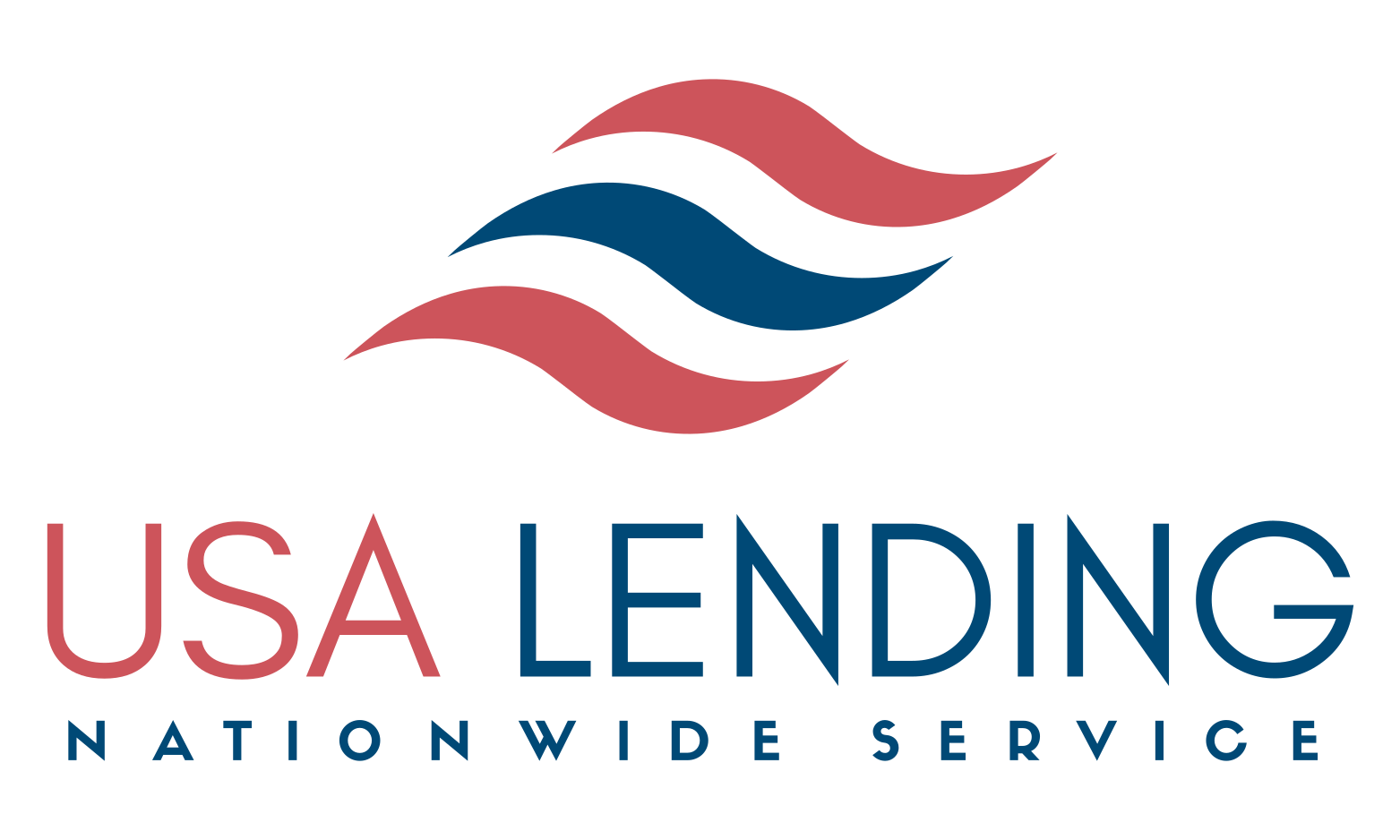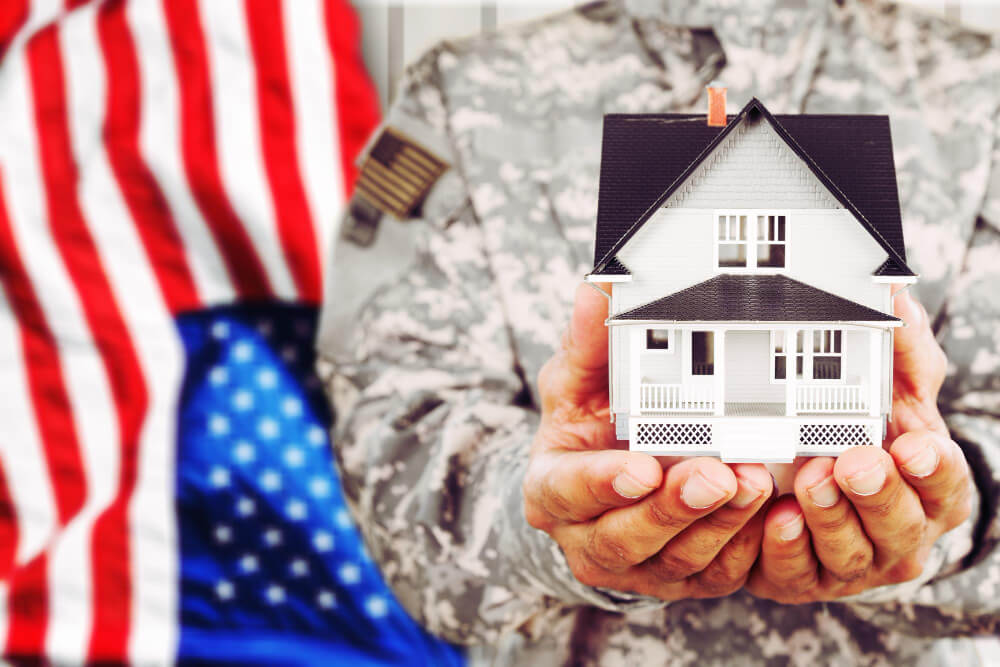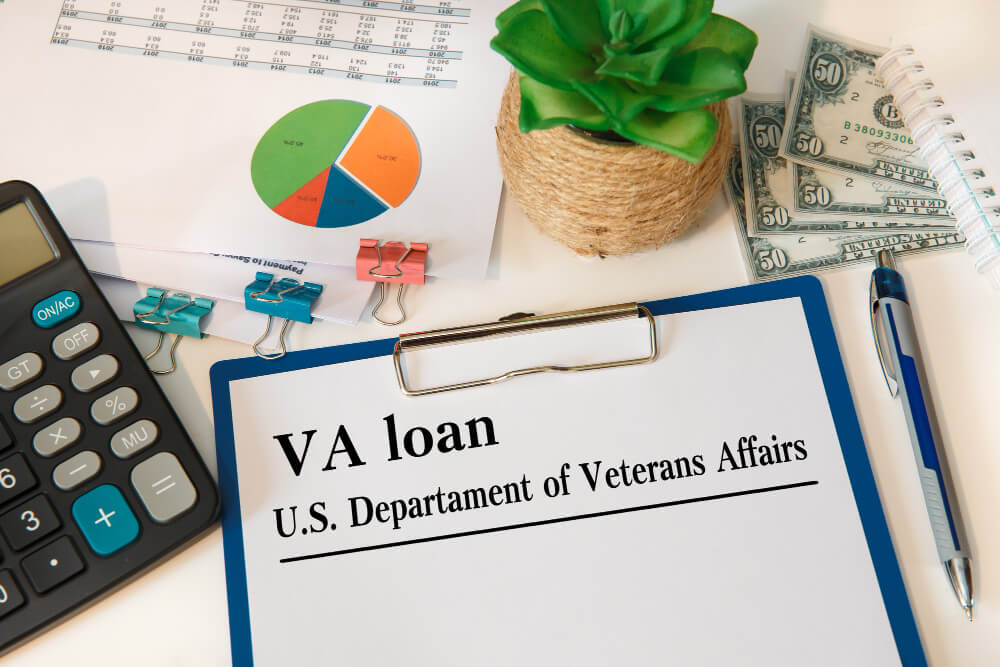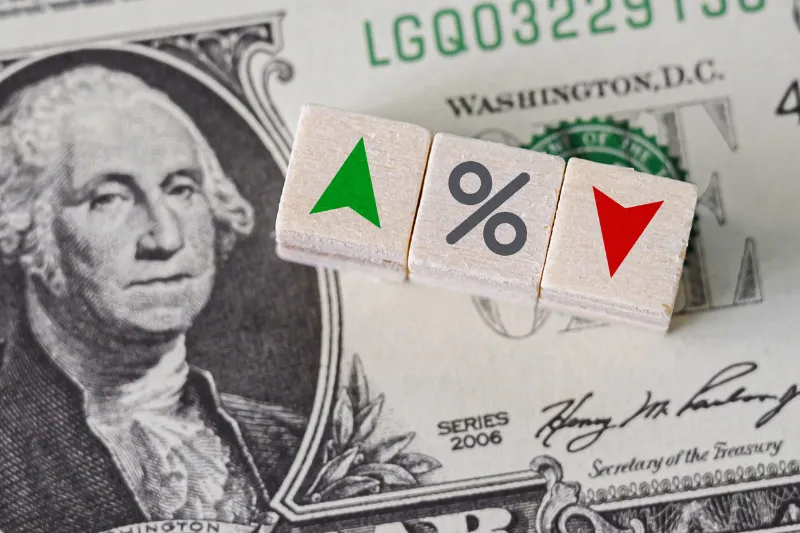If you're looking to buy a home in the USA, you have multiple loan options…
Can I Get a Second VA Loan? Exploring Eligibility & Benefits
When you receive your permanent change of orders, or need to move due to any other reason and already have a Veterans Affairs (VA) loan on your house, it’s natural to feel anxious. You might feel bound to your current home, worried about losing the VA’s backing if you move.
Affording a new house in a new location while still paying off the first loan can be daunting. You may find yourself asking, “Can I have two VA loans at once?”
In this blog, we’ll delve into the details of Veterans Affairs (VA) loans and whether you can have more than one at a time.
What Is a VA Loan?
Veterans Affairs (VA) loans are designed for primary residences, backed by the organization. However, it does not directly issue these loans. By providing this backing, the VA ensures that you can access loans with more favorable terms compared to conventional options. This support helps veterans achieve homeownership with benefits like lower interest rates and no requirement for a down payment.
These loans are available for service members, veterans, and National Guard officers. However, you’ll need to have served a minimum of time which depends on your occupation, disability status, and whether you served in wartime or peacetime. Additionally, a widow/widower of an officer who died in active duty can access these loans.
Moreover, the house itself must meet the restrictions of a Veterans Affairs loan. You can purchase a home with plans to renovate, alter, or otherwise improve the house. However, the Veterans Affairs will have to appraise the house to decide if it meets government guidelines.
Can You Have Two VA Loans at the Same Time?
Many people think you can only have one Veterans Affairs (VA) loan since it’s meant for your main home. But, according to reports, about one in three service members move to a new station each year. So when you move to a new place near your new duty station, you might need to buy another house. In that case, you can actually get a second VA loan for this new house. This way, even when you’re moving, you can still enjoy the benefits of a VA loan for your new primary home.
Nonetheless, your first Veterans Affairs loan affects the second. Therefore, if you’re still paying off the first loan, Veterans Affairs may restrict how much you can borrow without a down payment. Alternatively, they may reduce your entitlement (refers to the amount the Veterans Affairs is willing to back).
How to Qualify for a Second VA Loan?
If you wish to finance the purchase of a new home while you still have a Veterans Affairs loan, you’ll need to go through these steps:
1. Acquire Your Certificate of Eligibility
You can use a VA loan for a second home by collecting a certificate of eligibility from the Veterans Affairs. This certificate proves that you qualify as a service member or the spouse of one for a Veterans Affairs loan. It’ll also mention your entitlement status, which will affect your down payment and loan amount.
2. Refinance Your Loan or Restore Your Full Entitlement
Once you’ve collected your certificate of eligibility, you need to decide if you want your full entitlement. If you want zero down payment and the maximum backing the Veterans Affairs offers, you need your full entitlement. You can get it back by paying off your current loan and selling the home. As an alternative, you should refinance your Veterans Affairs loan into a conventional one. Then, you’ll apply at the Veterans Affairs for them to restore your entitlement.
However, you can move to the next step without refinancing your loan or restoring your entitlement. If you choose to move forward without going through this step, it’ll reduce the amount you can borrow and it’ll increase the down payment.
3. Prove You Can Pay New Mortgage Payments
Now that you’ve collected your certificate of eligibility, you need to demonstrate to the lender that you can pay the new mortgage. Therefore, you’ll need to show the lender how your income can cover both the new loan and the previous one if you’re still paying for it.
4. Receive Approval for Multiple Loans
After you’ve demonstrated that you can pay the new mortgage, you’ll need a Veterans Affairs-recognized lender’s approval on how many VA loans you can get. This lender will decide if you’re able to repay this new loan and if you’re a trusted borrower. Once you’ve received the approval, you’re free to apply for your second Veterans Affairs loan.
The Types of VA Loans
Once the Veterans Affairs and the lender have agreed that you can have two VA loans at the same time, you have multiple options. These options depend on the cost of the house, maintenance of the house, and your ancestry. Let’s take a look at them:
- VA Purchase Loan: This is a mortgage with zero down payment that allows you to choose between fixed and adjustable rates.
- VA Renovation Loan: With this mortgage, you can purchase and improve or modify a house.
- VA Jumbo Loan: This type of loan can finance more expensive homes. However, while Veterans Affairs doesn’t require you to pay a down payment with this loan, the lender might demand it.
- VA Cash-Out Loan: This is a refinancing loan that allows you to convert your home’s equity to pay for certain types of bills such as medical bills.
- VA Interest Rate Reduction Loan: With this refinancing loan, you can decrease your loan payments. This is possible by either reducing the interest rate or changing your mortgage status from adjustable to fixed-rate.
- Native American Direct Loan: This is a loan available to some service members who have Native American ancestry or whose spouse has that heritage.
Conclusion
In summary, if you are a service member, you can have two VA loans at the same time, accommodating the need to move and acquire a new primary residence due to duty station changes. By securing a Certificate of Eligibility from Veterans Affairs and either reinstating full entitlement or proving financial capability for a new loan, obtaining a second VA loan becomes a feasible option. This flexibility ensures that veterans can maintain homeownership benefits even as their service commitments lead them and their surviving spouses to new locations.







